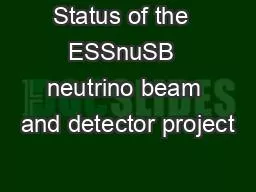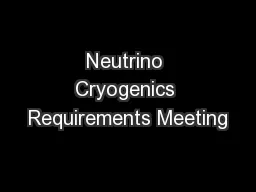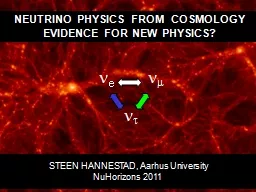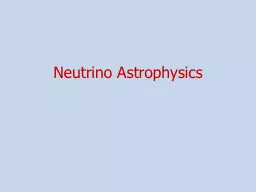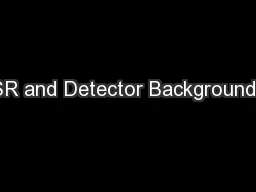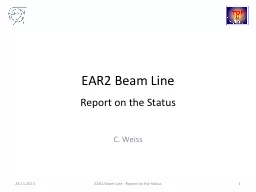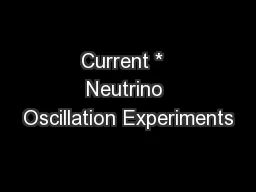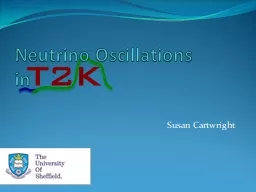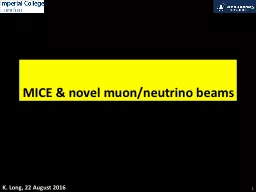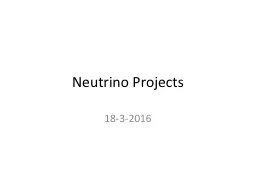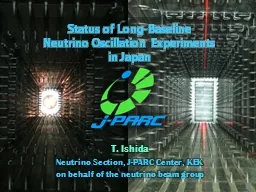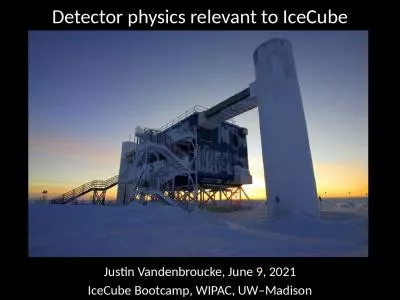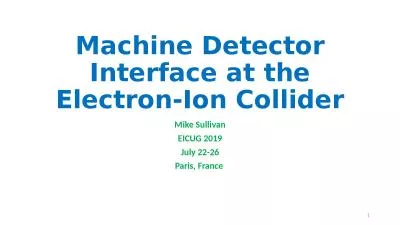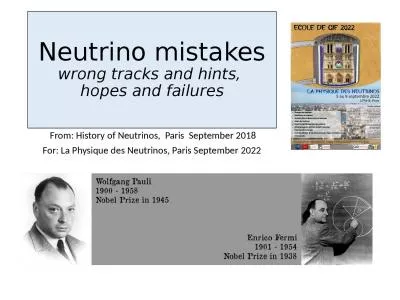PPT-Status of the ESSnuSB neutrino beam and detector project
Author : everfashion | Published Date : 2020-08-28
1 Particle Physics with Neutrino Telescopes Uppsala 7 October 2019 T or d E k e löf Upp s a l a Un i v e rs i t y 20191007 PPNT in Uppsala Tord Ekelof Uppsala
Presentation Embed Code
Download Presentation
Download Presentation The PPT/PDF document "Status of the ESSnuSB neutrino beam an..." is the property of its rightful owner. Permission is granted to download and print the materials on this website for personal, non-commercial use only, and to display it on your personal computer provided you do not modify the materials and that you retain all copyright notices contained in the materials. By downloading content from our website, you accept the terms of this agreement.
Status of the ESSnuSB neutrino beam and detector project: Transcript
Download Rules Of Document
"Status of the ESSnuSB neutrino beam and detector project"The content belongs to its owner. You may download and print it for personal use, without modification, and keep all copyright notices. By downloading, you agree to these terms.
Related Documents

